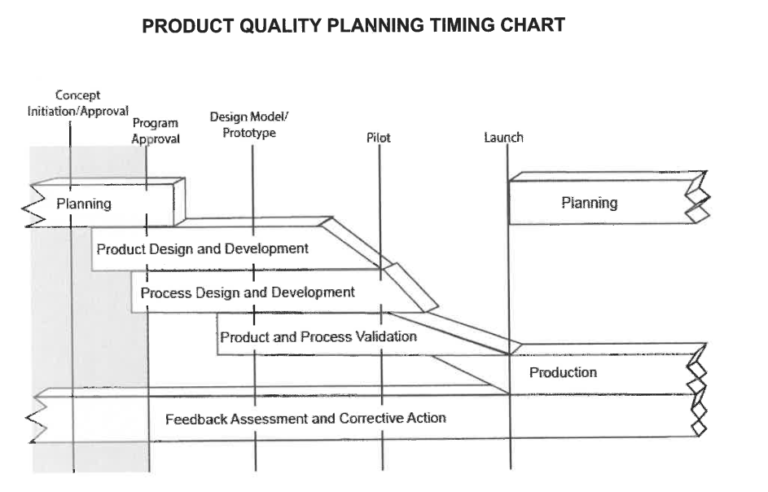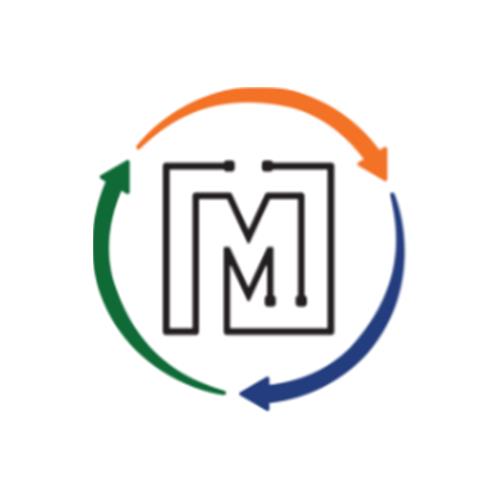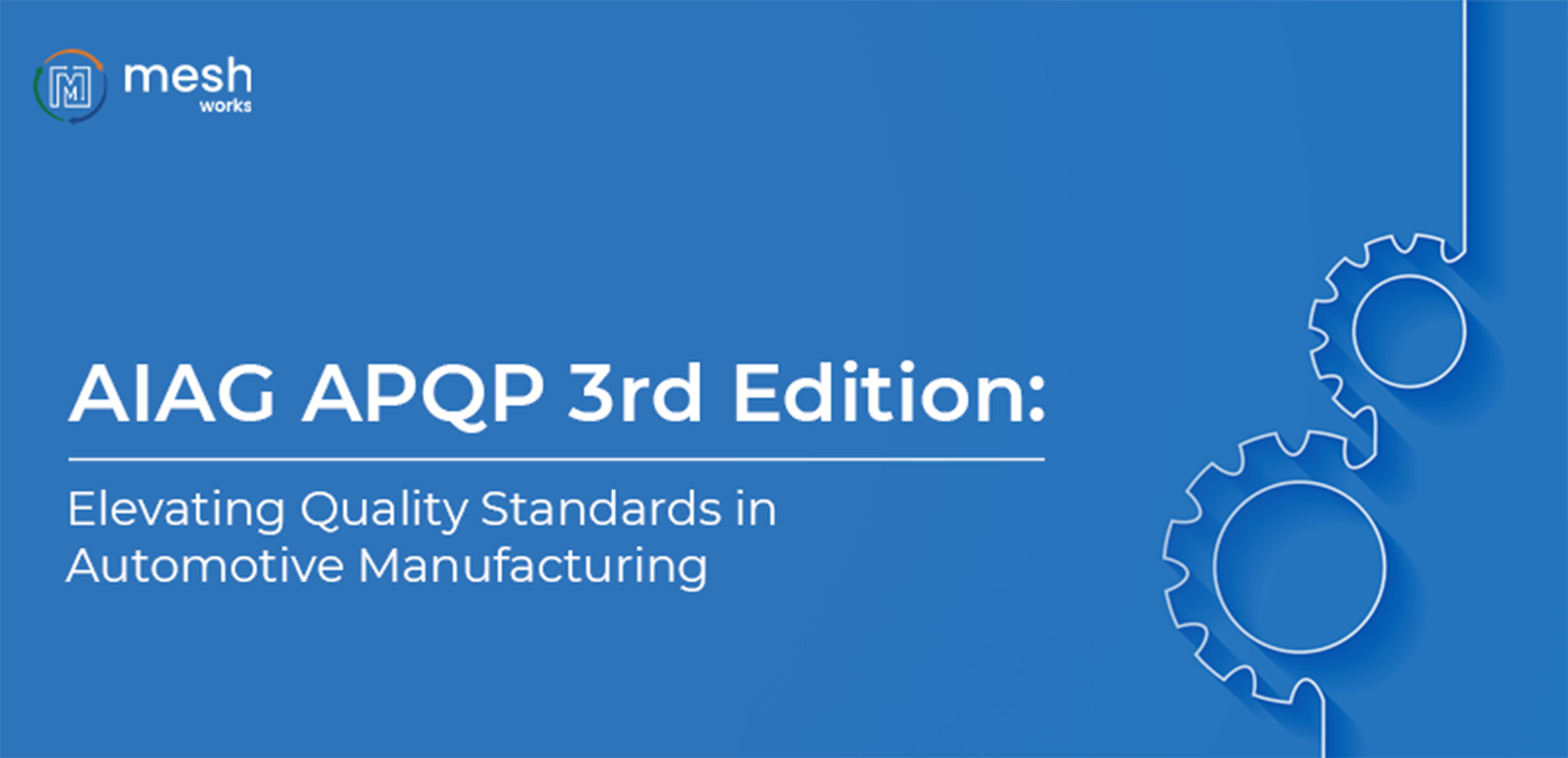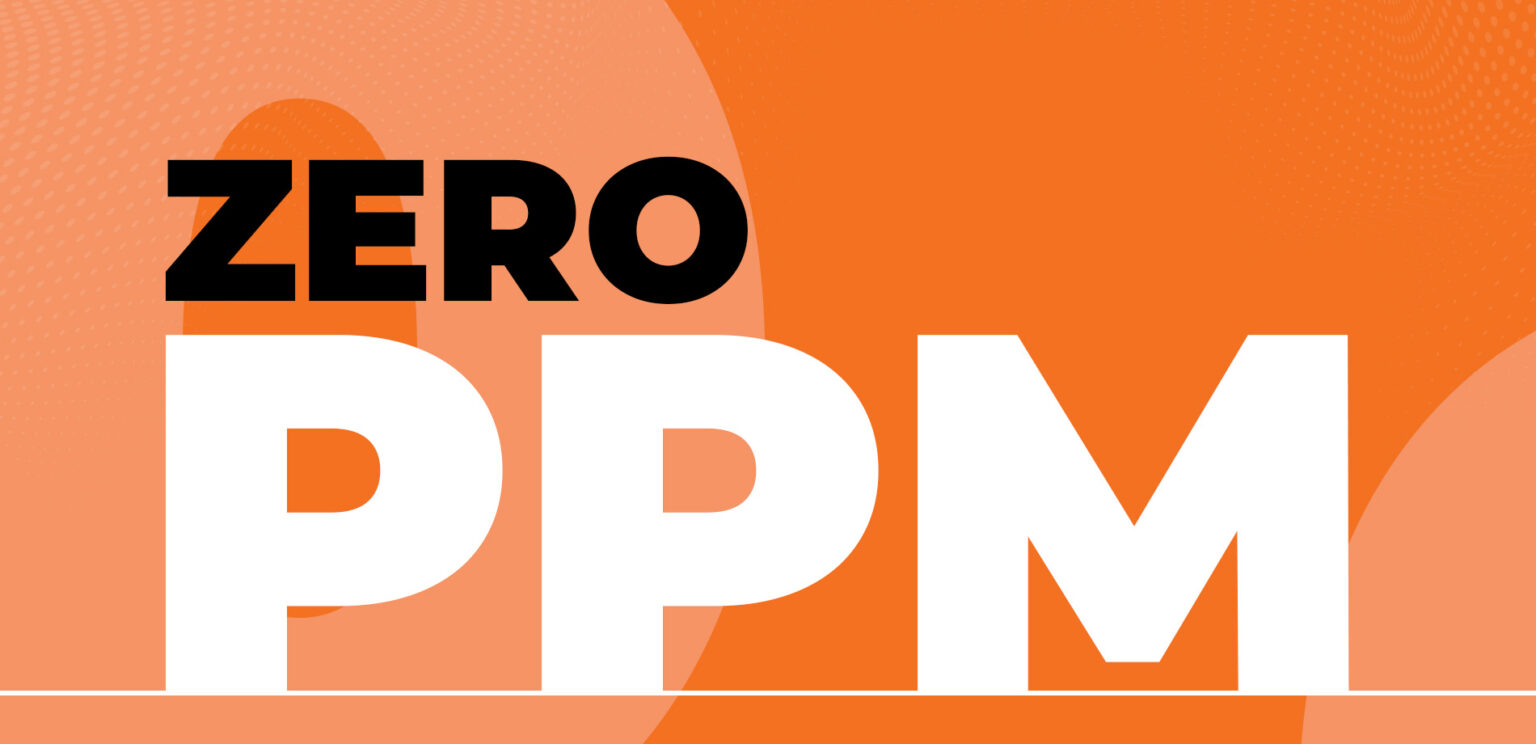What is the “Voice of the Customer”? Are they looking for something specific? What are they trying to manufacture? What kind of supplier are they interested in working with? All these questions plague the minds of the product development teams within the supply chain industry.
According to the new AIAG-created APQP Manual (3rd Ed), the “Voice of the Customer” pertains to data regarding the market, communication between external and internal customers, and recommendations. How does one obtain this voice? The recently launched manual covers ways one can collect this insight. However, many may not know a more straightforward way to obtain the “Voice of the Customer” through the MESH Works cloud-based data software platform. First, let’s explore a few ways development teams have and are currently obtaining “the voice of the customer”.
Market Research
The new APQP manual explains that market research should be conducted so the product quality team can adequately reflect the voice of the customer. Currently, there are many ways the team could obtain this research (i.e., customer interviews, market tests, surveys, and more).
What happens to this data, though? For many companies, it stays in a one-drive or is protected on a work dashboard. However, sometimes this data gets lost and is mismanaged. This may happen often since customer relationships can last months or years. During that time, people who oversee managing that data may leave the company, leaving their co-workers to resort to one of the following: A) recollect and analyze data or B) search endlessly to find the information. Options A and B require the most expensive item for a person: time.
Preliminary Identification
Another way to obtain “the voice of the customer” is to conduct preliminary identification and special processes. For example, parts require innovative ways to manufacture them. Whether you are looking for a supplier with multiple capabilities (die casting, extrusion, forging) at varying capacities, it is imperative that you know what you are looking for and then find a supplier that matches those needs. It is even more crucial that the supplier the customer is considering can have an assurance plan.
After meeting these preliminary identification steps, the development team can start ensuring that the process for the product is sound and that the appropriate checkpoints are in place for the buyer.
Product Processes and Benchmarks
It is important to find appropriate benchmarks for the pieces the customer is trying to manufacture. This will allow the quality control team to manage the creation of the pieces throughout the manufacturing life cycle.
To understand those appropriate benchmarks, a lot of communication must occur between the quality control team, the buyer, and the supplier. Just like Newton’s Universal Law of Gravitation, which states, “What goes up must come down” compares to the notion that what is communicated may not always be interpreted correctly.” Similarly, there is a high chance of miscommunication between the control team, buyer, and supplier. Market research, preliminary identification, and process benchmarks are just three methods of trying to understand the customer better. However, all three have the potential to fail in various ways. In the next section, we introduce MESH Works as a solution to address the problem posed by these methods.
MESH Works and The Voice of the Customer
Sahil Shah developed MESH Works in 2022 because he saw that teams had difficulty understanding “the voice of the customer.” More specifically, he noticed that the communication between buyers, suppliers, and engineers could often be misinterpreted through the use of multiple communication channels. Here is how we did it:
Market Research: As previously mentioned, data regarding the customer’s voice can get lost for various reasons. MESH solves this problem by putting all communication between buyers, engineers, stakeholders, and suppliers in one location. So, whenever you have pivotal data regarding a project, it is in one location where everyone can view it.
Preliminary Identification: Finding suppliers that can meet the capabilities and capacities needed to manufacture a product for the customer can be challenging. Currently, many quality teams may use Google to search for global suppliers or word of mouth. With MESH, we have a sourcing and procurement section that allows quality teams to see videos, pictures, and MESH supplier ratings globally. These quality teams identify the right supplier for their buyer.
Processes and Benchmarks: The latest APQP manual depicts the quality control process throughout the lifetime of a manufactured part. Please see the figure below. Within the product’s lifetime, you must complete multiple benchmarks and checklists at each gate process. Some customers may require additional checklists not currently in the latest version of the APQP manual. MESH realizes the importance of these checkpoints. This is why we created the platform to be customizable, addressing both the changing requirements governed by APQP and the changing needs of the customer.
Ford, GM, and other industry leaders have vowed to implement the latest version of APQP into their supply chain system by September 2024. Have you started to implement these changes? If so, contact MESH Works to find out how you can make these industry modifications more efficiently.






